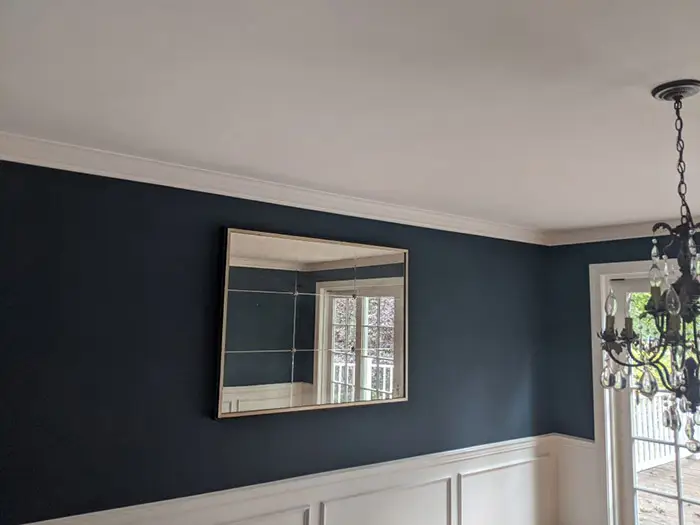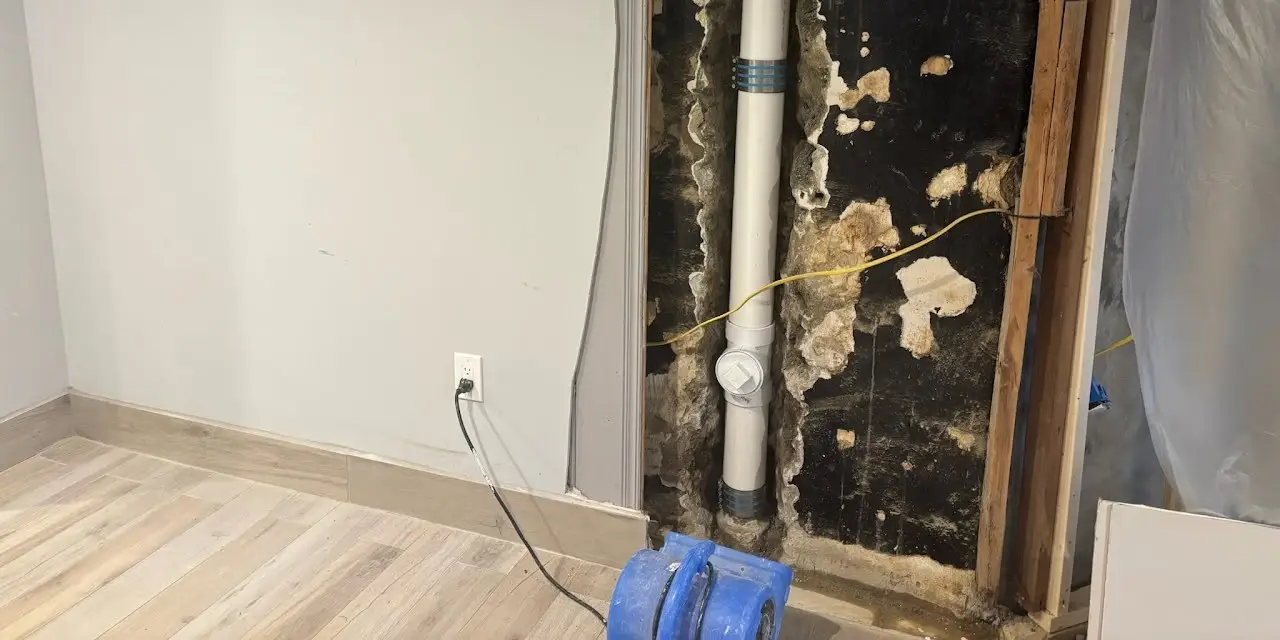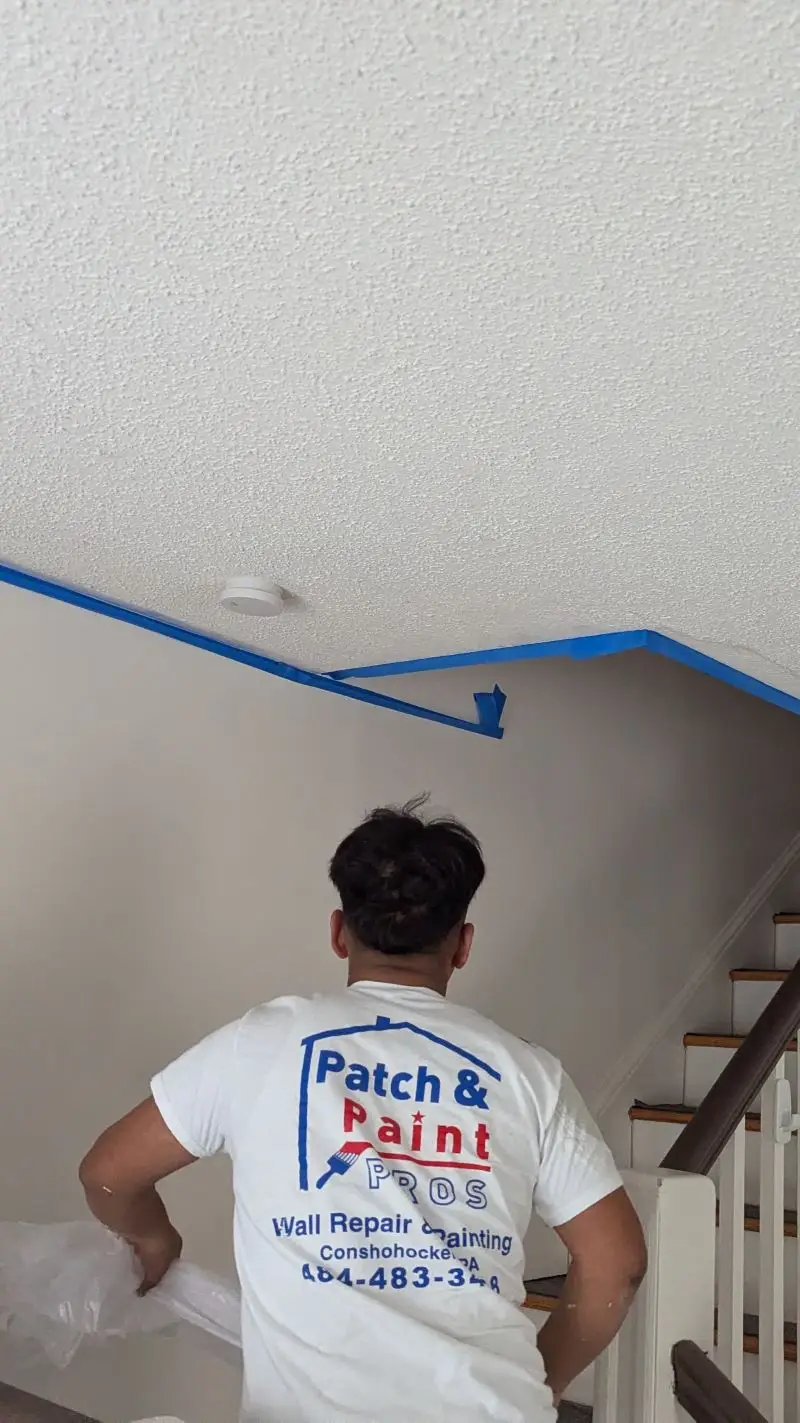When it comes to commercial painting, deciding whether to tackle the job yourself or hire a commercial painting company can be a tough choice. In this article, we’ll explore the benefits and drawbacks of each option so that you can make an informed decision for your business.
We’ll discuss factors such as cost, quality, efficiency, and safety to help you evaluate the advantages of DIY versus hiring a professional. Whether you need to repaint an office space or refresh a retail storefront, understanding the potential outcomes of each approach is crucial to ensure you get the best return on your investment. So, let’s take a closer look at the pros and cons of each approach!
Costs
The decision of whether to hire a professional painter or take on the project as a DIYer depends largely on cost. When hiring a pro, you have to account for not just labor costs but also materials selection and finish durability. The price of paint alone can vary greatly depending on which type is selected, and an inexperienced homeowner may end up spending more than necessary. On the other hand, a professional will be able to choose high-quality paints that last longer with fewer coats needed.
In addition, they are likely to provide warranties and guarantees regarding their workmanship, whereas DIYers would need to bear any additional expenses related to mistakes made during the painting process.
When embarking on a do-it-yourself painting project, one needs to factor in the expense of all materials required including brushes, primer, tape, etc., as well as make sure they have enough time available to complete the job correctly and efficiently. This includes being familiar with techniques such as cutting along edges and corners before applying roller strokes over larger areas. Taking these steps ensures that there’s no waste due to poor coverage or incorrect application methods – saving both money and time down the line.
When it comes to commercial painting, it’s important to consider your options carefully. Whether you choose to tackle the project yourself or hire a professional, the goal should always be to maximize your return on investment. While doing it yourself may seem like a cost-effective option, it’s important to remember that mistakes can be costly and time-consuming. In contrast, hiring an experienced professional can ensure that the job is done efficiently and to a high standard, ultimately maximizing your ROI. In the end, the decision should be based on what will provide the best quality results for your commercial space.
Quality
Picture this: You’ve just finished a long day of DIY painting and have stepped back to admire your work. But what you see is far from perfect—unsightly brush strokes, paint splatters on the floor, uneven coverage, and discrepancies in coloring. The quality of a commercial painter is like a world apart.
The experience level and materials choice of professional painters are two critical factors that set them apart from DIY efforts:
- Professional painters know how to properly prepare surfaces before painting, ensuring an even coat every time.
- They can employ techniques such as color matching and blending for seamless transitions between colors.
- Professional painters use high-quality paints with excellent coverage power which reduces the number of coats required – saving money in the process.
- With access to specialized tools like sprayers or rollers, they can finish projects quickly.
- Plus their expansive knowledge allows them to tackle any type of project no matter the size or difficulty level.
In short, hiring a pro means better results delivered faster with fewer resources used in the process – something anyone looking for great quality should consider when deciding whether or not to take on a job themselves.
Efficiency
When it comes to quality, DIY painting can be a great way to save money and get the job done. However, there are important differences in preparation between professional and DIY paint jobs that should not be overlooked.
Professional painters take more time with the prep work of a project than most do-it-yourselfers ever bother with. This includes scraping off any old paint layers, patching holes in drywall or plaster surfaces, taping around trim edges for clean lines, caulking joints for better adhesion, priming bare wood before applying new coats of paint, etc. The extra steps taken by professionals allow them to achieve timeless results that don’t require frequent touchups like those from amateur projects often do.
On the other hand, efficient completion is usually much easier on DIY projects since you have full control over when and how long each step takes without having to worry about factoring in labor costs. You also won’t need to wait days or weeks for someone else to show up at your convenience; if you’re an eager painter yourself then you may be able to finish the entire job within one weekend depending on its size and complexity!
Ultimately, whether efficiency or quality matters more will depend heavily upon the individual preferences of each homeowner. With both considerations in mind though, it’s clear that safety must always come first no matter which route is chosen. Moving forward with this idea in mind…
Safety
Painting projects can be dangerous. Whether you decide to do it yourself or hire a professional, there are certain safety considerations that must be taken into account before beginning any project:
- Accessibility – Make sure you have the right tools and equipment to safely access all areas of your painting project. This includes ladders, scaffolding, lifts, etc., depending on the size and nature of the job.
- Ventilation – Proper ventilation is essential for any indoor painting project. Open windows and doors as needed to ensure proper airflow throughout the area being painted. Additionally, wear protective gear such as masks when working with potentially hazardous materials like paint thinner or other solvents.
- Protective Gear – Always wear clothing that covers exposed skin when painting; gloves should also be worn at all times to protect hands from chemicals and debris in the air. Eye protection is also highly recommended if working with aerosol paints or anything else that could splash onto the face.
In addition to these safety measures, it’s important to think about time considerations when deciding whether to DIY or hire a pro for your next commercial painting project!
Time Considerations
Safety is paramount when it comes to painting, so it’s important to consider the risks involved in any project. When deciding whether to do a commercial painting job yourself or hire a professional, safety should be at the top of your list of considerations.
Time can also have an impact on which route you choose. DIY projects may require more time due to equipment rental and the skill level required for large-scale jobs. Professional painters are often able to complete work faster because they use specialized tools and techniques that eliminate laborious tasks associated with amateur efforts.
Additionally, pros know how best to prepare surfaces prior to painting and understand details like where ladders should be placed and what materials will help them get the job done quickly and correctly. Ultimately, if you want a quality finish that looks great over time, hiring a pro is usually worth the investment in terms of both safety and time savings.
Final Thoughts
When it comes to commercial painting, the decision of whether to hire a professional or do it yourself is yours. You have to weigh all factors like cost, quality, efficiency, safety and time considerations when making this important choice.
Hiring a pro can be more costly but you will get guaranteed results in terms of quality and speed; DIY jobs may save money but there’s no guarantee that the job will be done right.
Ultimately, you have to decide what matters most – saving money or having peace of mind knowing that your project has been completed correctly and safely.





